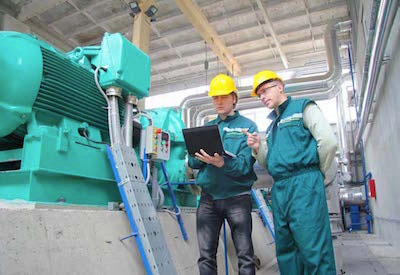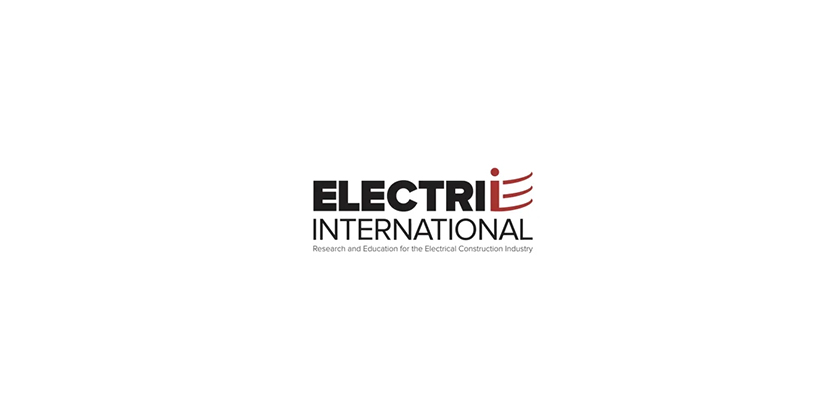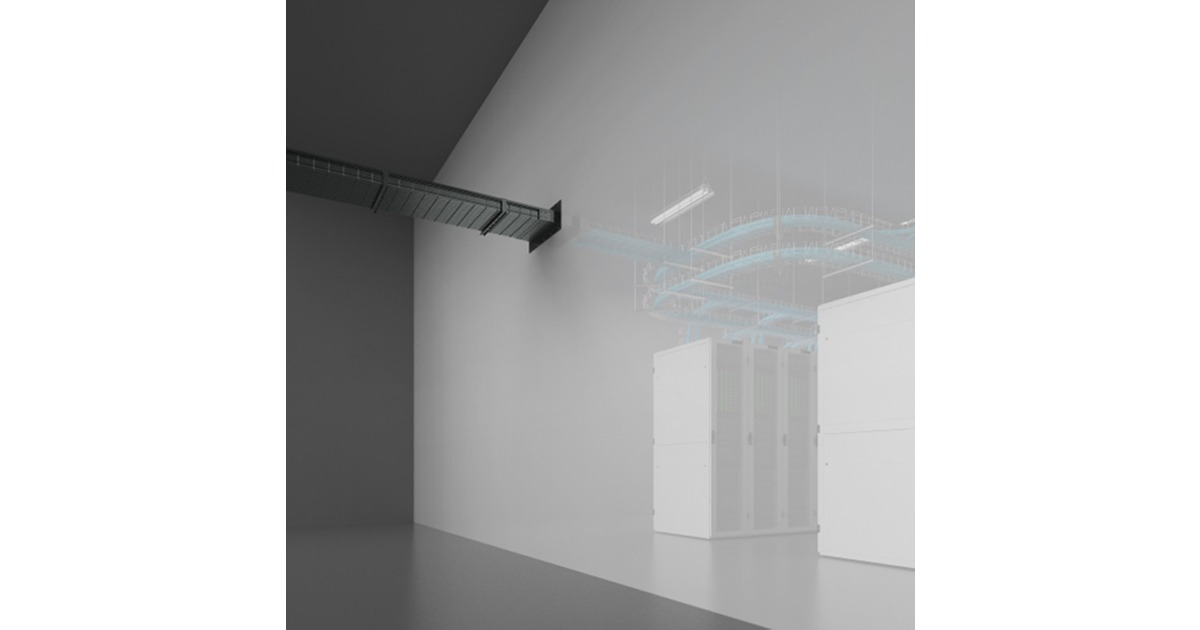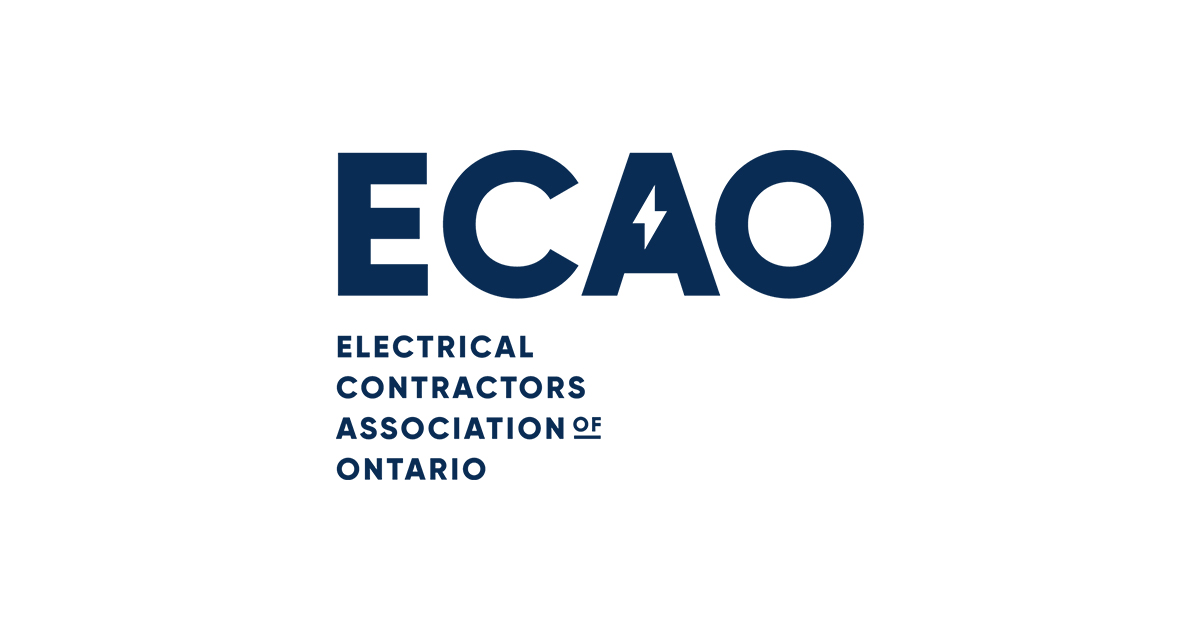Guide to the Canadian Electrical Code, Part I — Instalment 6
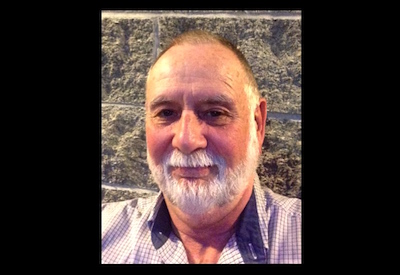
Mar 4, 2020
By William (Bill) Burr
Often, code users encounter situations where they find themselves at odds with the rules contained in the CEC, Part I. These situations can occur for designers, consultants, installers, inspectors, manufacturers, students, instructors and standards developers alike, and these situations usually are a result of a misreading, misunderstanding, misapplication or inability to locate the requirement that is needed or that is relevant to their tasks. The code is a comprehensive document. Sometimes, it can seem quite daunting to quickly find the information you need. In this current series of articles, I will provide a guide to help users find their way through this critical document. This is not intended to replace the notes in Appendix B or the explanations of individual requirements contained in the CEC Handbook, but will hopefully provide some help in navigating while reading the code.
Section 12 is a general section of the Code and applies to all wiring installations operating at 750 volts or less except for
• Class 2 circuits, unless otherwise specified for extra-low-voltage suspended ceiling power distribution systems, and in Section 16
• community antenna distribution and radio and television circuits
• optical fiber cables
• communication circuit conductors
• conductors integral to factory-built equipment
unless specified in the respective code sections covering those type of installations. We will discuss this later when dealing with Sections 16, 54, 56, and 60 in future installments.
The rules of this section may also be modified by the provisions of Section 32 — Fire alarm systems; Section 36 — High voltage installations; or Section 45 — Emergency power supply, unit equipment exit signs and life safety systems.
It should be noted that while many other sections of the Code are commonly used by designers, installers and regulators, Section 12 is mostly used by electricians, who must clearly understand all aspects of wiring; and by electrical inspectors, who audit compliance of the wiring methods with the Code requirements. Electrical inspection authorities must always be consulted on specific issues related to wiring methods.
Section 12 of the Code is divided into six parts:
• General Requirements
• Conductors
• Raceways
• Cablebus
• Manufactured wiring systems
• Installation of boxes, cabinets, outlets and terminal fittings
Generally, the definitions in Section 0 apply throughout, but there are some special terminology definitions in the sub-section rules covering Flat conductor cable type FCC, and extra-low-voltage suspended ceiling power distribution systems.
General requirements
Rules 12-010 to 12-020 apply specifically to locations where fire, mechanical, moisture or other environmental issues, must be considered, or locations where conductors or cables may be prohibited, and equipment must be marked for the purpose and include:
• wiring in ducts and plenum chambers
• underground installations
• lightning down conductors
• entry of raceways and cables into buildings
• wiring under raised floors for data processing and similar systems
Conductors
Rules 12-100 to 12-122 apply to the installation of all types of insulated conductors and cables. They are divided into a General subdivision and individual subdivisions for each type of insulated conductor and cable.
Rule 12-100 establishes that types of insulated conductors must be chosen for their location with respect to moisture, corrosive action, temperature, degree of enclosure and mechanical protection as set out in Table 19. The Appendix B notes offer additional specifications on choosing the appropriate type of insulated conductor.
Rules 12-102 to 12-120 provide general considerations for the installation of all conductors such as:
• the treatment of insulated conductors, especially handling at any time in low ambient temperatures,
• flame test coverings
• multi- and single conductor cables
• insulated conductors in parallel
• radii of bends insulated conductors
• conductor joints and splices
• treatment of the ends of insulated conductors
• termination of conductors
• termination and splicing of aluminum conductors
• supporting of conductors
• a new Rule 12-122 covers equipment wire as specified in Table 11
You will find, again, that extensive notes in Appendix B provide additional helpful information including a diagram outlining configurations for the installation of parallel insulated conductors. The rest of the Conductor subdivision deals with the rules for specific types of conductors:
Open wiring
Rules 12-200 to 12-224 apply to single conductors run as open wiring (colloquially referred to as “knob and tube wiring”) and covers:
• types of insulated conductors and cables
• spacing of insulated conductors
• insulated conductor supports
• insulated conductors on flat surfaces
• material for attachment of insulated conductor supports
• protection from mechanical damage
• material for running-boards, guard-strips, and boxing
• ends of insulated conductors
• insulated conductors passing through walls or floors
• maintaining clearances
• where open wiring connects to other systems of wiring
• provision for bonding
Exposed wiring on exteriors of buildings
Rules 12-300 to 12-318 provide the specifications for exposed wiring on exteriors of buildings and between buildings on the same premises and contains requirements for
• exterior exposed wiring rules
• types of insulated conductors and cables
• location of insulated conductors and cables
• insulated conductor and cable supports
• minimum size of overhead conductors
• clearance of insulated conductors and cables
• conductors over buildings
• conductors on trestles
• power supply insulated conductors and cables
• use of neutral supported cables
Flexible cables (this a new subsection)
Rules 12-400 to 12-406 outline new requirements for flexible cord and cables and include:
• uses of flexible cord
• flexible cord used in show windows or show cases
• uses of portable power cable (in addition refer to tables 11 and 19)
Non-metallic-sheathed cable
Rules 12-500 to 12-526 apply to non-metallic-sheathed cable only and include:
• maximum voltage
• use of non-metallic-sheathed cable
• method of installation
• bending and stapling of cable
• running of cable between boxes and fittings
• not to be embedded
• protection on joists and rafters
• protection for cable in concealed installations
• protection for cable in exposed installations
• fished cable installation
• where outlet boxes are not required
• types of boxes and fittings
• provision for bonding
Armoured cable
Rules 12-600 to 12-618 apply only to armoured cable installations and include:
• use
• protection for armoured cables in lanes
• use of thermoplastic-covered armoured cable
• continuity of armoured cable
• terminating armoured cable
• proximity to knob-and-tube and non-metallic-sheathed cable systems
• radii of bends in armoured cables
• concealed armoured cable installation
• running of cable between boxes, etc.
Mineral-insulated cable, aluminum-sheathed cable, and copper-sheathed cable
Rules 12-700 to 12-716 cover the installation of mineral-insulated cable, aluminum-sheathed cable, and copper-sheathed cable and amend the other Rules of this Code where they apply and include:
• use of these cables
• use when embedded
• method of supporting
• direct earth burial
• mechanical protection
• radii of bends
• termination of mineral-insulated cable
• connection to other forms of wiring
Flat conductor cable type FCC
Rules 12-800 to 12-824 apply only to the installation of Type FCC under-carpet wiring systems and include:
• definitions for special terminology applying to this subsection only including bottom shield, insulating end, metal tape, top shield, transition assembly, type FCC cable, type FCC cable connector, and type FCC system
• use permitted
• use prohibited
• floor covering
• connections and terminations
• shields
• enclosure and shield continuity
• connection to other systems
• anchoring
• crossings
• mechanical protection
• system height
Raceways
Rules 12-900 to 12-2208 apply to the installation of all types of raceways. They are divided into a General subdivision and subdivisions for each type of raceway.
General
Rules 12-900 to 12-944 apply to raceways and to insulated conductors and bare conductors run in raceways and includes:
• types of insulated conductors and cables
• conductors in raceways
• protection of insulated conductors at ends of raceways
• inserting insulated conductors in raceways
• conductors and cables in conduit and tubing
• joints or splices within raceways
• stranding of conductors
• electrical continuity of raceways
• mechanical continuity of raceways
• support of raceways
• removal of fins and burrs of raceways
• radii of bends in raceways
• junction of open wiring and raceways
• entry of underground conduits into buildings
• raceways installed underground or where moisture may accumulate
• metal raceways in plaster
• protection for raceways
• raceways installed in concrete, cinder concrete, and cinder fill
• raceway completely installed before insulated conductors or cables are installed
• capping of unused raceways
• maximum number of bends in raceways
• metal raceways
Rigid and flexible metal conduit
Rules 12-1000 to 12-1014 apply only to the installation of rigid and flexible metal conduit and includes:
• use
• minimum size of conduits
• conduit threads
• thread engagement
• maximum spacing of conduit supports
• expansion and contraction of conduit
• insulated conductors and cables in conduit
Rigid PVC conduit
Rules 12-1100 to 12-1124 apply to the installation of Rigid PVC conduit and include:
• use
• restrictions on use
• temperature limitations
• mechanical protection
• field bends
• support of luminaires
• fittings
• maximum spacing of conduit supports
• support of equipment
• expansion joints
• maximum number of conductors
• provision for bonding continuity
• split straight conduit
Rigid types EB1 and DB2/ES2 PVC conduit
Rules 12-1150 to 12-1166 apply to the installation of Rigid Types EB1 and DB2/ES2 PVC conduit and include:
• use permitted
• restrictions on use
• temperature limitations
• field bends
• fittings
• maximum number of conductors
• method of installation
• split straight conduit
• provision for bonding continuity
Rigid RTRC conduit
Rules 12-1200 to 12-1220 apply only to the installation of rigid RTRC conduit Types AG, BG, and XW and include:
• use
• restrictions on use
• mechanical protection
• field bends
• temperature limitations
• fittings
• expansion joints,
• conduit supports
• maximum number of conductors
• provision for bonding
High-density polyethylene (HDPE) conduit and HDPE conductors-in-conduit (this is a new subsection)
Rules 12-1250 to 12-1268 apply to the installation of high-density polyethylene (HDPE) conduit and installing HDPE conductors in conduit and include:
• use permitted
• restrictions on use
• method of installation
• temperature limitations
• field bends
• fittings
• expansion joints
• maximum number of conductors
• split straight conduit
• provision for bonding continuity
Liquid-tight flexible conduit
Rules 12-1300 to 12-1308 apply only to liquid-tight flexible conduit and include:
• use of liquid-tight flexible metal and non-metallic conduit
• maximum number of conductors
• provisions for bonding
• supports
Electrical metallic tubing
Rules 12-1400 to 12-1414 apply only to electrical metallic tubing and include:
• use
• restrictions on use
• supports
• minimum tubing size
• maximum number of conductors
• connections and couplings
• provision for bonding continuity
Electrical non-metallic tubing
Rules 12-1500 to 12-1514 apply to the installation of electrical non-metallic tubing and include:
• use
• restriction on use
• supports
• maximum number of conductors
• temperature limitations
• connections and couplings
• support of equipment
• provision for bonding continuity
Surface raceways
Rules 12-1600 to 12-1614 apply only to surface raceways and include:
• use of surface raceways
• temperature limitations
• conductors in surface raceways
• maximum voltage
• joints and splices
• provisions for bonding
• flat cable systems
Underfloor raceways
Rules 12-1700 to 12-1718 apply to the installation of underfloor raceways and include:
• where underfloor raceways are permitted
• method of installing underfloor raceways
• fittings for underfloor raceways
• taps and splices in underfloor raceways
• inserts and junction boxes for underfloor raceways
• setting of inserts
• discontinued outlets in underfloor raceways
• area of conductors in underfloor raceways
• underfloor raceway junction boxes
• inserts in post- and pre-stressed concrete floors
Cellular floors
Rules 12-1800 to 12-1820 apply to the installation of cellular floors and include:
• installation in accordance with the manufacturer’s instructions
• conductors in cellular floors
• maximum conductor size in cellular floors
• cross-sectional area of cellular floors
• taps and splices in cellular floors
• cellular floor markers
• cellular floor junction boxes
• provision for bonding
• cellular floor inserts
• cellular floor extensions
• cellular floor discontinued outlets
Auxiliary gutters
Rules 12-1900 to 12-1904 apply to the installation of auxiliary gutters and include:
• where auxiliary gutters are used to supplement wiring spaces
• auxiliary gutter supports
• auxiliary gutter cross-sectional area
Busways and splitters
Rules 12-2000 to 12-2020 apply to the installation of busways and splitters and include:
• use
• extensions from busways and splitters
• AC circuits in busways and splitters
• busway and splitter supports
• method of installation of busways
• plug-in devices for busways
• reduction in size of busways
• length of busways used as branch circuits
• manufacturer’s identification on busways and splitters
• taps in splitters
• circuit restrictions in splitters
Wireways
Rules 12-2100 to 12-2112 apply to the installation of wireways and include:
• where wireways may be used
• method of installation of wireways
• conductors in wireways
• taps and splices in wireways
• extensions from wireways
• AC circuits in wireways
• Manufacturer’s identification on wireways
Cable trays
Rules 12-2200 to 12-2208 apply to the installation of cable trays and include:
• method of installation
• insulated conductors and cables in cable trays
• joints and splices within cable trays
• connection to other wiring methods
• provisions for bonding
Cablebus
Rules 12-2250 to 12-2258 apply only to the installation of cablebus as a complete system and include:
• use of cablebus
• methods of installation
• connection to other wiring methods
• provisions for bonding
Extra-low-voltage suspended ceiling power distribution systems (this is a new subsection)
Rules 12-2300 to 12-2320 apply only to the installation of extra-low-voltage suspended ceiling power distribution systems and include:
• definitions for special terminology applying to this subsection only including busbar, busbar support, connector, load connector, pendant connector, power feed connector, rail-to-rail connector, extra-low-voltage suspended ceiling power distribution system, grid bus rail, rail, reverse polarity protection (back-feed protection), and suspended ceiling grid
• general
• use permitted
• use prohibited
• Class 2 circuit conductors
• disconnecting means
• securing and supporting
• connectors
• output connections and reverse polarity protection (back-feed protection)
• system grounding
Manufactured wiring systems
Rules 12-2500 and 12-2502 apply to the installation of manufactured wiring systems and include:
• uses permitted
• installation
Bare busbars and risers
Rule 12-2600 provides requirements where bare busbars and risers may be used.
Installation of boxes, cabinets, outlets, and terminal fittings
Rules 12-3000 and 12-3036 apply to the installation of boxes, cabinets, outlets, and terminal fittings and include:
• outlet boxes
• outlet box covers
• terminal fittings
• terminal fittings behind switchboards
• boxes in concrete construction
• outlet box supports
• boxes, cabinets, and fitting supports
• accessibility of junction boxes
• outlet boxes, cabinets, and fittings
• outlet boxes attached to existing plaster work
• outlet boxes, etc., in damp places
• entrance of cables into boxes, cabinets, and fittings
• unused openings in boxes, cabinets, and fittings
• extensions from existing outlets
• multi-outlet assemblies
• insulated conductors in boxes, cabinets, or fittings
• wiring space in enclosures
• maximum number of insulated conductors in a box,
• pull box or junction box sizes
In the next installment we will be discussing Section 14 — Protection and control.
William (Bill) Burr is the former Chair of the Canadian Advisory Council on Electrical Safety (CACES), former Director of Electrical and Elevator Safety for the Province of BC, and former Director of Electrical and Gas Standards Development and former Director of Conformity Assessment at CSA Group. Bill can be reached at Burr and Associates Consulting billburr@gmail.com.






